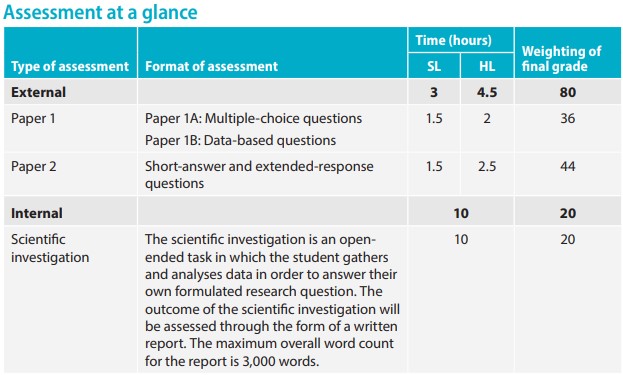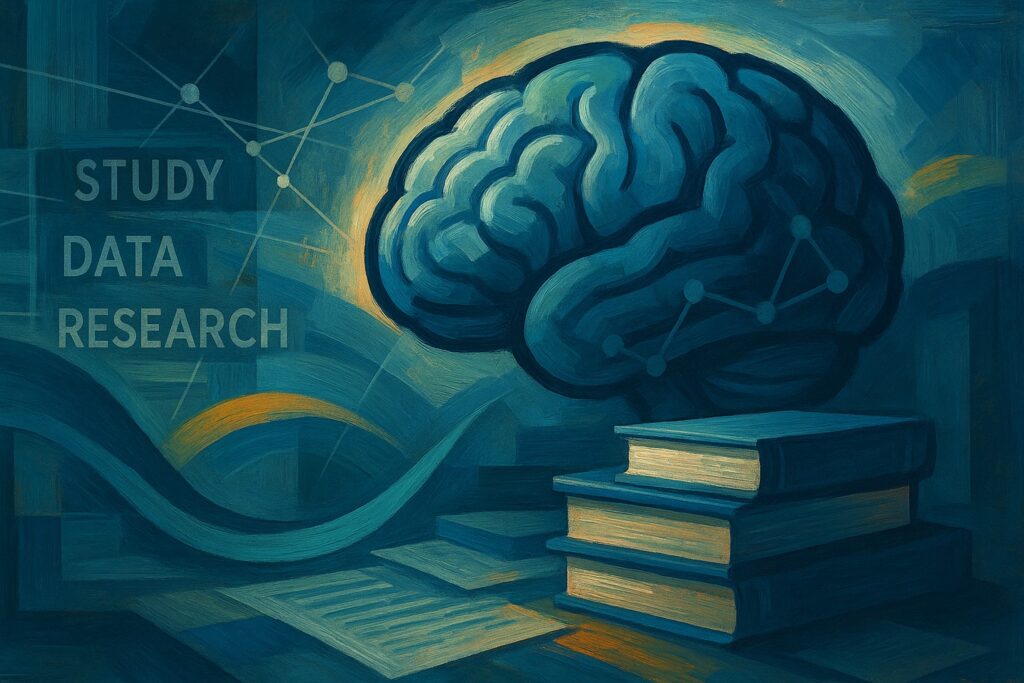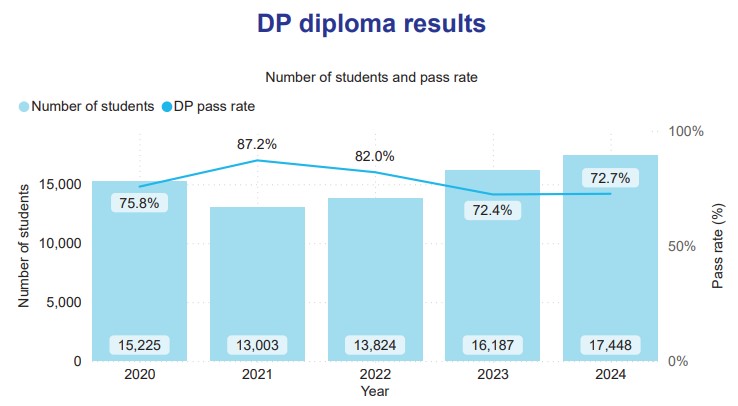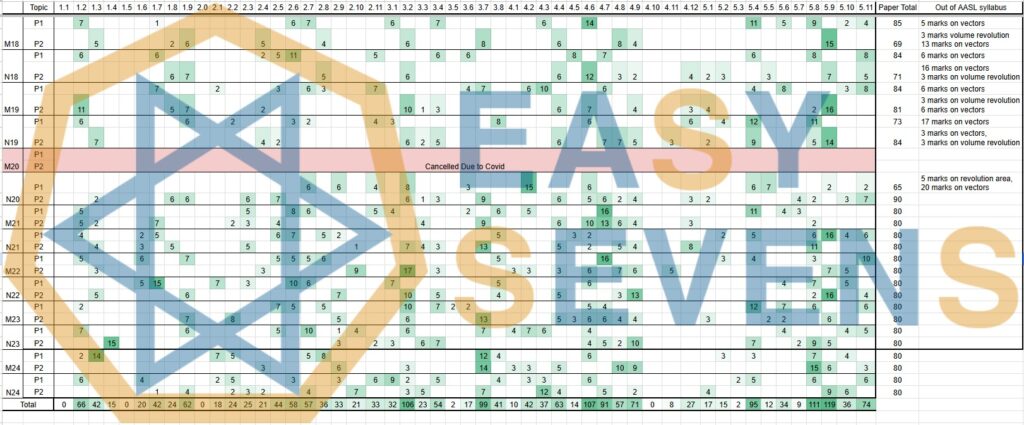The International Baccalaureate (IB) Physics program has recently undergone a major overhaul along with IB Chemistry and IB Biology. The syllabus changes for all of the IB sciences are set to be implemented in 2023. This guide made by our IB physics tutor will provide an overview of the changes that have been made to the IB Physics syllabus and what students, teachers, and parents can expect from the new IB Physics curriculum.
The Aims of the New IB Physics Syllabus
The new 2023 IB Physics syllabus lists nine aims, which are broad reflections of the ten aims of the previous 2014 syllabus. The most significant difference between the two is the first aim, which focuses on the development of conceptual understanding that enables students to make connections between different areas of the subject and other DP science subjects.
As a result, the syllabus is now structured into five themes, rather than the previous eight (or twelve for HL) main topic areas listed in the 2014 syllabus. This change is designed to provide students with a more comprehensive and interconnected understanding of physics, encouraging them to develop a deeper understanding of the underlying principles and concepts of the subject.
In addition, students are expected to evaluate knowledge claims by exploring questions concerning their validity, reliability, credibility, and certainty, as well as individual and cultural perspectives on them. The perspectives on these questions come from the options that students have to join the required topics.
Although the nature of science and international-mindedness remain integral parts of the course, the term “Utilization” is no longer present.
IB Physics Syllabus 2023 External Assessment Objectives
The external assessment objectives for the IB Physics program have remained the same. There are four assessment objectives upon which both the external and internal assessment are based, namely:
- To demonstrate knowledge
- To understand and apply knowledge
- To analyze, evaluate and synthesize
- To demonstrate the application of skills.
Although the wording of each objective has changed slightly between the 2014 and 2023 syllabuses, the essence of the objectives remains unchanged.
IB Physics Exam Format 2023
The time allocated for the external examination papers has remained the same (SL: 3 hours; HL 4.5 hours), but there are now only two examination papers for each level, with two sections in Paper 1. All the questions must be attempted (there is no choice). Note that, unlike the 2014 program, students can use a calculator for all of Paper 1, including the multiple-choice questions and Section B. Students will also have 5 minutes of reading time and access to the data booklet.
The following are the details of each examination paper:
Paper 1 SL
- Total time: 1.5 hours
- Total raw marks: 55
- Component weighting: 36%
- Two booklets completed together without interruptions on SL level material only
- Section A: 30 multiple-choice questions (30 marks)
- Section B: Data-based and experimental work questions (25 marks)
Paper 2 SL
- Total time: 1.5 hours
- Total raw mark: 50
- Component weighting: 44%
- Short-answer and extended-response questions on standard level material only
Paper 1 HL
- Total time: 2 hours
- Total raw marks: 75
- Component weighting: 36%
- Two booklets completed together without interruptions on SL and AHL material
- Section A: 40 multiple-choice questions (40 marks)
- Section B: Data-based and experimental work questions (35 marks)
Paper 2 HL
- Total time: 2.5 hours
- Total raw marks: 90
- Component weighting: 44%
- Short-answer and extended-response questions on SL and AHL material
IB Physics Internal Assessment Criteria 2023
One of the significant changes in the new IB Physics syllabus is the revision of the internal assessment (IA) research work. The IA research work is now called “the scientific investigation,” which is different from the “individual scientific investigation” in the 2014 Guide. However, it still counts 20% towards the overall assessment, with the external assessment making up the remaining 80%.
The allocated time of 10 hours remains unchanged, but now there is more scope for students to collaborate with one or two other students, if they wish. This means that they are able to share similar methodologies, provided that the independent or dependent variables differ, and the data collected is unique to each student so that each student has their research question.
The maximum overall word count for the written report is 3000 words, and the 2023 Guide provides guidance on what counts as a word. The 6-12 pages guidance in the 2014 Guide has now been removed.
The report is now assessed on four, not five, criteria. The four criteria have equal weighting. Each is worth 6 marks, giving a maximum raw mark of 24, which the IB scales to give the 20% IA weighting. The four new criteria are Research design, Data analysis, Conclusion, and Evaluation, and there are new level descriptors for assigning the marks. The equal weighting for each criterion means that a greater emphasis is placed on higher-order thinking skills, with 50% of the marks allocated for Conclusion and Evaluation.
IB Physics Practical Scheme of Work
The practical scheme of work (PSOW) has not changed in terms of the number of hours (SL 40 hours; HL 60 hours). The PSOW still includes 10 hours for the scientific investigation and 10 hours for what was the Group 4 project but is now called the collaborative sciences project. The PSOW should provide opportunities for students to practice the tools, techniques, and the inquiry process listed under skills to complement their coverage throughout the whole of the course. Unlike the 2014 Guide, there are no mandatory areas to be covered.
Required Skills for The New IB Physics Syllabus
The 2023 Guide sets out the required skills much more clearly than the 2014 Guide. None of the 110 hours (SL) or 180 hours (HL) teaching the syllabus time is allocated specifically to covering these listed skills, but they can (and will) be assessed both externally and internally. The skills cover tools (experimental techniques, technology, and mathematics) and the inquiry process (exploring & designing, collecting & processing data, and concluding & evaluating). Make sure you familiarize yourself with all these required skills, which are listed on pages 27 to 32 of the 2023 Guide.
IB Physics Data Booklet Updates
The data booklet for the first exams in 2025 has been organized by topic, similar to the previous version. However, the new version has brought content from the old Measurements and Uncertainties topic to join the other mathematics concepts at the front. Additionally, students will need to watch out for the way that Additional Higher Level content is displayed at the end of the Standard Level content in a theme.
Topic Additions to the IB Physics Curriculum 2023
The most significant change in the new Physics syllabus is in its delivery. The syllabus is set out in a completely different way, making it not so easy to distinguish what is new, what has been retained unaltered, what has been altered slightly and what has been completely removed compared to the 2014 Guide. There is no longer a “core” and options, making it a more cohesive and integrated program. For a detailed and visual explanation of the new IB Physics 2023 topics, take a look at Paper Plainz’ new IB Physics curriculum overview.
Here are some of the new sub-topics that have been added to the syllabus:
- Relativity
- Engineering
- Astrophysics
- Entropy
- Compton Scattering
- Apparent Brightness
- Energy Resources
Take care to cover some content on energy resources too – it’s implied in the Guidance under Current and Circuits.
The inclusion of Relativity, Engineering, and Astrophysics in the new syllabus is a major development. The relevance of these topics to our modern world cannot be overstated, as these areas of study have profound implications on many aspects of our daily lives. For instance, Relativity is essential for understanding the behavior of GPS satellites, while Engineering provides the foundation for many technological advances in the world today. Astrophysics, on the other hand, sheds light on the mysteries of the universe, from the origins of the cosmos to the evolution of galaxies.
The addition of Entropy, Compton Scattering, and Apparent Brightness to the syllabus is also noteworthy. Entropy is crucial for understanding the behavior of physical systems, while Compton Scattering is an essential tool for studying the structure of matter. Apparent Brightness, on the other hand, is fundamental to the study of astronomy and astrophysics.
Topic Removals for the IB Physics Syllabus 2023
While many topics have been added to the new Physics syllabus, some have been removed. The following topics have been taken out:
- Quarks
- Capacitors
- Diodes
- The Weak Force
- Thin Films
- Cosmology
While the removal of these topics may seem like a significant loss, the new syllabus has been designed to provide a more comprehensive and integrated understanding of physics. Moreover, many of the topics that have been added to the new syllabus are equally fascinating and essential to the study of physics in the modern world.
Conclusion
In conclusion, the International Baccalaureate (IB) Physics program has undergone significant changes that will be implemented from 2023. The changes in the syllabus aim to encourage a more interconnected and deeper understanding of physics by organizing the syllabus into five themes and emphasizing the development of conceptual understanding. The external assessment objectives have remained the same, but there are now only two examination papers for each level, and students can use a calculator for all of Paper 1. The internal assessment has been revised and renamed the scientific investigation, with more scope for students to collaborate. The report is assessed on four criteria, and there are new level descriptors. The practical scheme of work remains the same, but there are no mandatory areas to be covered. The 2023 Guide sets out the required skills more clearly, emphasizing the need for students to practice the tools, techniques, and inquiry process. These changes reflect the IB’s commitment to providing an excellent and comprehensive education for students
FAQ
What is the International Baccalaureate (IB) Physics program?
The International Baccalaureate (IB) Physics program is a globally recognized high school level course that provides students with a comprehensive understanding of physics. It is designed to encourage students to think critically and to develop a deep understanding of the underlying principles and concepts of the subject.
What changes have been made to the IB Physics syllabus for 2023?
The new 2023 IB Physics syllabus has undergone a major overhaul. The most significant change is the focus on the development of conceptual understanding that enables students to make connections between different areas of the subject and other DP science subjects. As a result, the syllabus is now structured into five themes, rather than the previous eight (or twelve for HL) main topic areas listed in the 2014 syllabus.
What are the aims of the new syllabus?
The new 2023 IB Physics syllabus lists nine aims, which are broad reflections of the ten aims of the previous 2014 syllabus. The most significant difference between the two is the first aim, which focuses on the development of conceptual understanding that enables students to make connections between different areas of the subject and other DP science subjects.
What are the external assessment objectives for the IB Physics program?
The external assessment objectives for the IB Physics program have remained the same. There are four assessment objectives upon which both the external and internal assessment are based, namely:
- To demonstrate knowledge
- To understand and apply knowledge
- To analyze, evaluate and synthesize
- To demonstrate the application of skills.
What are the changes in the examination papers?
The time allocated for the external examination papers has remained the same (SL: 3 hours; HL 4.5 hours), but there are now only two examination papers for each level, with two sections in Paper 1. All the questions must be attempted (there is no choice). Students can use a calculator for all of Paper 1, including the multiple-choice questions and Section B.
What are the changes in the internal assessment?
One of the significant changes in the new IB Physics syllabus is the revision of the internal assessment (IA) research work. The IA research work is now called “the scientific investigation,” which is different from the “individual scientific investigation” in the 2014 Guide. The allocated time of 10 hours remains unchanged, but now there is more scope for students to collaborate with one or two other students, if they wish.
What is the practical scheme of work (PSOW)?
The practical scheme of work (PSOW) has not changed in terms of the number of hours (SL 40 hours; HL 60 hours). The PSOW still includes 10 hours for the scientific investigation and 10 hours for what was the Group 4 project but is now called the collaborative sciences project. The PSOW should provide opportunities for students to practice the tools, techniques, and the inquiry process listed under skills to complement their coverage throughout the whole of the course.
source: https://www.thinkib.net/physics/page/47094/reflections-on-the-2023-guide




